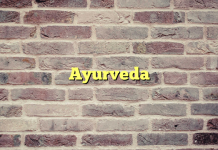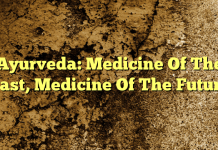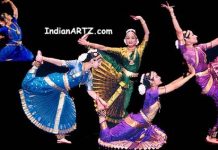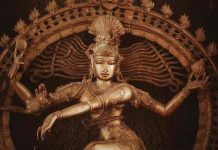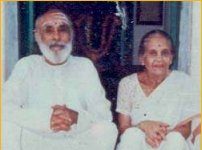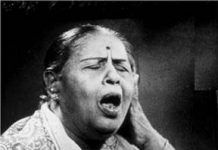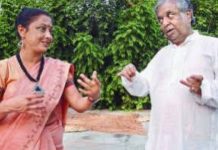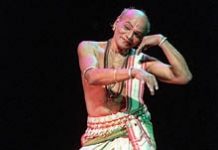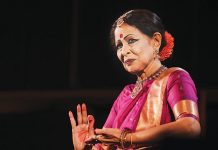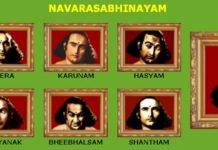Kathakali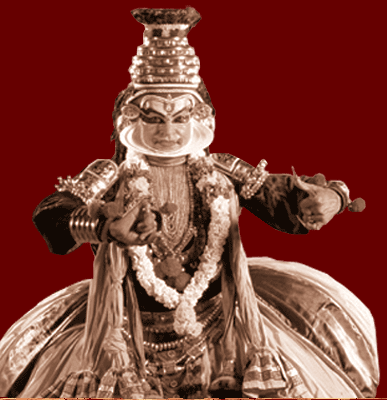
Kathakali, a religious dance-drama tradition, originated in Kerala, in southern India. Kathakali literally means enactment of stories. Traditionally it is a male dominated performing art practiced by the warrior caste. The style evolved in the 17th century from techniques derived from Sanskrit classical text, regional ritualistic folk theatre and traditional art forms that included dance movements, facial expressions, elaborate hand gestures, music, theatre and martial art. The transformation of human actors into the shape and personality of gods, titans and demons of the netherworld is unique to Kathakali making Aharya Abhinaya (enactment of stories, while dressed in the assumed get-up of the mythological characters) the basis of the dance form. The art of Kathakali make-up has profound undertones of feeling and mood associated with it. It is cultivated, not only with great skill and care, but almost as a ritual, so that through this prolonged process, which begins several hours before the performance, the actor will grow into the symbolic character he is to portray through a gradual involvement. The gestural language of Kathakali is a grammatically complete language of hand symbols equivalent to speech. Stylised eye movement is a technique unique to Kathakali. Ayurvedic massage is part and parcel of the Kathakali training and performance tradition.
Source : nrityagram.org

![PANCHAKARMA [ Detoxification ] PANCHAKARMA [ Detoxification ]](https://indianartz.com/blog/wp-content/uploads/2017/07/PANCHAKARMA--Detoxification--218x150.png)
